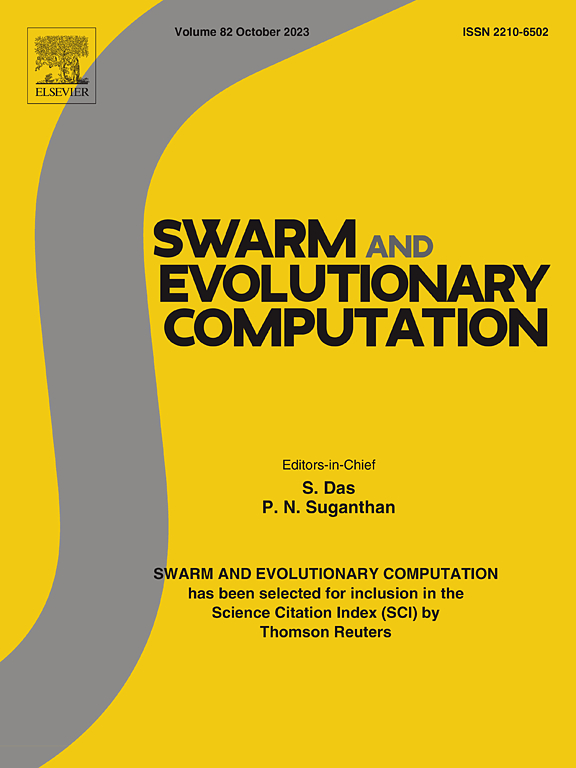Methodology for optimizing electrical grounding grids in stratified soils using advanced calculation techniques and evolutionary algorithms
IF 8.2
1区 计算机科学
Q1 COMPUTER SCIENCE, ARTIFICIAL INTELLIGENCE
引用次数: 0
Abstract
This paper presents a practical methodology for optimizing the geometry of electrical grounding grids at industrial frequencies of and , integrating advanced calculation techniques and evolutionary algorithms to improve the safety and operational performance of electrical grounding systems. The proposed approach is particularly beneficial for industrial automation and control systems, where effective grounding is necessary to maintain system reliability and prevent downtime. This methodology employs mathematical modeling and computational tools to optimize grid parameters, ensuring compliance with safety standards while reducing operational costs, thus contributing to the overall efficiency of automated systems in industrial environments. The study reports a reduction of up to 66% in the number of vertical rods and 40% in horizontal conductors compared to traditional methods. These results indicate that the proposed methodology can significantly reduce material usage and costs while maintaining electrical safety in accordance with regulatory standards, making it applicable to a wide range of industrial settings, including substations and automated facilities.
利用先进的计算技术和进化算法优化分层土壤中电接地网的方法
本文提出了一种实用的方法,用于优化50Hz和60Hz工业频率下的接地网几何结构,将先进的计算技术和进化算法相结合,以提高电气接地系统的安全性和运行性能。所提出的方法对工业自动化和控制系统特别有益,其中有效的接地是保持系统可靠性和防止停机的必要条件。该方法采用数学建模和计算工具来优化电网参数,确保符合安全标准,同时降低运营成本,从而提高工业环境中自动化系统的整体效率。该研究报告称,与传统方法相比,垂直杆的数量减少了66%,水平导体的数量减少了40%。这些结果表明,拟议的方法可以显着减少材料使用和成本,同时保持符合监管标准的电气安全,使其适用于广泛的工业环境,包括变电站和自动化设施。
本文章由计算机程序翻译,如有差异,请以英文原文为准。
求助全文
约1分钟内获得全文
求助全文
来源期刊

Swarm and Evolutionary Computation
COMPUTER SCIENCE, ARTIFICIAL INTELLIGENCEC-COMPUTER SCIENCE, THEORY & METHODS
CiteScore
16.00
自引率
12.00%
发文量
169
期刊介绍:
Swarm and Evolutionary Computation is a pioneering peer-reviewed journal focused on the latest research and advancements in nature-inspired intelligent computation using swarm and evolutionary algorithms. It covers theoretical, experimental, and practical aspects of these paradigms and their hybrids, promoting interdisciplinary research. The journal prioritizes the publication of high-quality, original articles that push the boundaries of evolutionary computation and swarm intelligence. Additionally, it welcomes survey papers on current topics and novel applications. Topics of interest include but are not limited to: Genetic Algorithms, and Genetic Programming, Evolution Strategies, and Evolutionary Programming, Differential Evolution, Artificial Immune Systems, Particle Swarms, Ant Colony, Bacterial Foraging, Artificial Bees, Fireflies Algorithm, Harmony Search, Artificial Life, Digital Organisms, Estimation of Distribution Algorithms, Stochastic Diffusion Search, Quantum Computing, Nano Computing, Membrane Computing, Human-centric Computing, Hybridization of Algorithms, Memetic Computing, Autonomic Computing, Self-organizing systems, Combinatorial, Discrete, Binary, Constrained, Multi-objective, Multi-modal, Dynamic, and Large-scale Optimization.
 求助内容:
求助内容: 应助结果提醒方式:
应助结果提醒方式:


